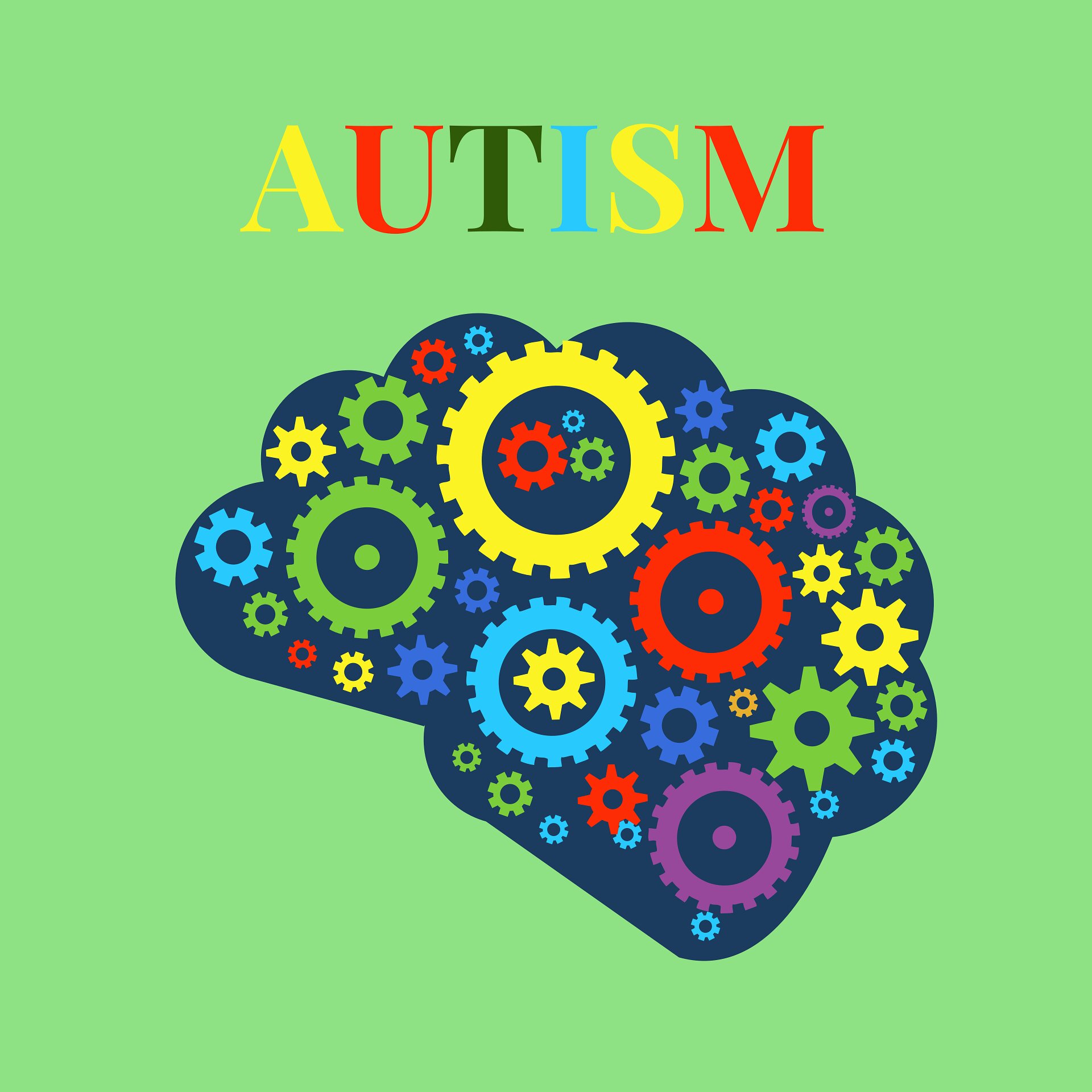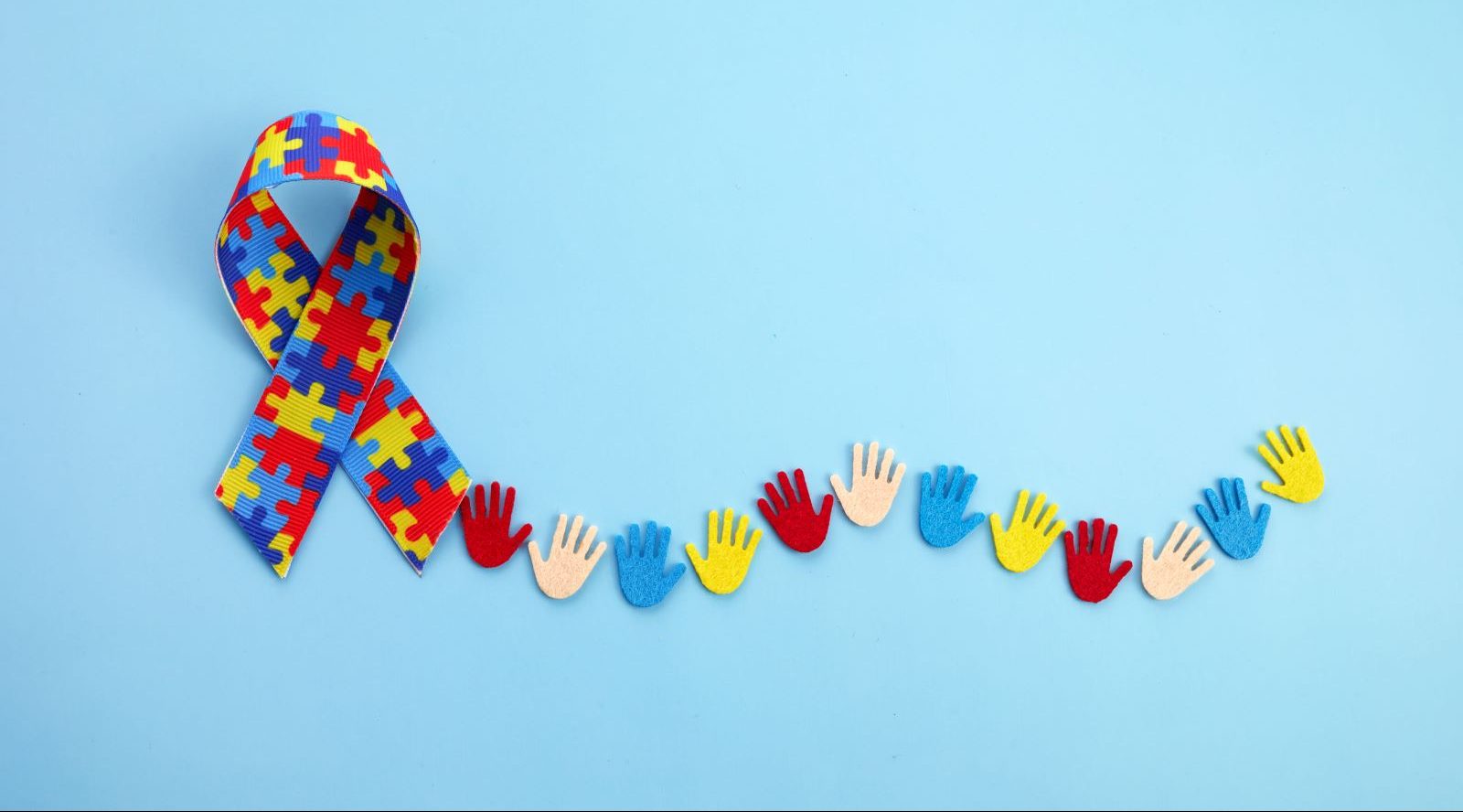Attending To Common Misconceptions: What You Must Learn About Autism Today
Attending To Common Misconceptions: What You Must Learn About Autism Today
Blog Article
Comprehending Autism: A Comprehensive Guide to Signs and signs
Autism Range Condition (ASD) includes a vast array of qualities that can considerably impact a person's social interactions and daily performance. Recognizing the indicators and signs and symptoms, such as obstacles with eye get in touch with, social communication problems, and sensory sensitivities, is crucial for very early intervention. Understanding these subtleties not only aids caretakers and educators in supplying suitable assistance but also fosters a more comprehensive environment for individuals with ASD. As we check out the complexities of autism, it comes to be important to think about just how these indicators manifest differently throughout the range and what implications they hold for efficient treatment strategies.
Review of Autism Spectrum Disorder
Defining Autism Spectrum Disorder (ASD) involves acknowledging it as a complicated neurodevelopmental condition defined by a series of obstacles in social communication, communication, and behavioral patterns. The term "spectrum" mirrors the vast irregularity in symptoms and their severity, which can differ considerably from one individual to one more. ASD generally shows up in very early childhood, although some individuals might not obtain a diagnosis up until later in life.
Aspects affecting the advancement of ASD consist of genetic tendencies and environmental factors, although the exact causes continue to be under investigation. Diagnosis frequently depends on behavioral analyses, as there are no conclusive medical examinations for ASD. Early treatment is important and can considerably enhance outcomes, concentrating on improving communication abilities, social interactions, and adaptive actions.
Individuals with ASD may also show one-of-a-kind strengths, such as exceptional focus to detail or specific areas of experience. Comprehending the complex nature of ASD is vital for fostering an inclusive environment that fits neurodiversity. Continued research is crucial for developing efficient interventions and support group, enabling people with ASD to thrive and meet their potential within culture.
Usual Indications of Autism
Identifying the common indications of Autism Range Condition (ASD) is essential for early recognition and intervention. These indications can differ widely in intensity and discussion, but specific characteristics are often observed in people with ASD.
Among one of the most prevalent indicators is a marked problem in developing and maintaining eye call. People might also exhibit restricted passion in social communications and show a preference for solitary play. Repeated actions, such as hand-flapping, shaking, or spinning items, frequently emerge early in youth. In addition, some youngsters might establish rigorous regimens and come to be troubled if these regimens are interfered with.
Sensory sensitivities are also typical; individuals may underreact or overreact to sensory stimuli, such as lights, noises, or structures. autism. Language advancement can be atypical, with some kids displaying delayed speech or using language in unusual means, consisting of echolalia-- duplicating phrases or sentences listened to elsewhere
It is vital to note that not every individual with ASD will certainly show all these indications, and the degree of these behaviors can vary significantly. Early acknowledgment enables timely support and resources, boosting the high quality of life for those on the spectrum.
Social Interaction Difficulties
Social communication challenges are a hallmark of Autism Range Condition (ASD), impacting a person's capacity to engage efficiently with others. Visit This Link These difficulties can show up in different ways, consisting of difficulties in initiating and keeping conversations, comprehending social signs, and reacting properly in social interactions.
People with ASD may have problem with nonverbal communication, such as eye call, facial expressions, and body movement. This can cause misunderstandings, as their communicative intent might not be properly interpreted by others. They might locate it challenging to realize the nuances of tone and context, which are crucial for effective interaction.
In group settings, individuals with ASD might feel overwhelmed and might not understand just how to join in discussions (autism). They might likewise exhibit irregular conversational patterns, such as monologuing about particular passions without acknowledging social reciprocity
Moreover, these difficulties can cause social isolation or troubles in developing connections, as peers might misinterpret their actions or interaction style. Recognizing these social communication obstacles is important imp source for cultivating helpful environments that advertise social skills development and improve the top quality of interactions for individuals on the autism spectrum.
Sensory Level Of Sensitivities and Responses
Several individuals with Autism Spectrum Problem (ASD) experience heightened sensory sensitivities that can dramatically affect their lives. These level of sensitivities might manifest as over-responsiveness or under-responsiveness to sensory stimuli, including sounds, lights, structures, tastes, and scents. A person with ASD may locate day-to-day sounds, such as a vacuum cleanser or crowded atmospheres, overwhelmingly upsetting, leading to anxiety or meltdowns. Alternatively, some might show an indifference to discomfort or extreme temperatures, which can position safety concerns.
Sensory processing distinctions in individuals with ASD can also affect their ability to engage in social interactions and regular activities. A child that is sensitive to touch might resist physical love or avoid particular clothing textiles. Additionally, a choice for specific textures or preferences can restrict dietary alternatives and produce obstacles during mealtimes.
Recognizing these sensory sensitivities is necessary for recognizing the distinct experiences of people with ASD. Recognition of their sensory accounts can foster better communication and support approaches, developing a setting that accommodates their requirements and improves their lifestyle. Inevitably, recognizing sensory level of sensitivities is a vital part of understanding the broader spectrum of autism.

Sustaining Individuals With Autism
Efficient assistance for individuals with Autism Spectrum Problem (ASD) is essential for improving their total well-being and promoting freedom. Assistance approaches ought to be customized to fulfill the unique requirements of each person, considering their toughness and challenges.

Social that site skills training can likewise play an essential duty. autism. Engaging people in group tasks or role-playing scenarios can improve their capacity to browse social communications. Additionally, it is important to enlighten member of the family, caregivers, and peers about ASD to cultivate a supportive and inclusive community
Conclusion
By fostering boosted interaction and social abilities, individuals with autism can navigate their settings more efficiently. Eventually, enhanced understanding and support can considerably enhance the top quality of life for those impacted by ASD.
Autism Spectrum Problem (ASD) includes a broad array of attributes that can significantly influence an individual's social interactions and day-to-day functioning.People with ASD may struggle with nonverbal interaction, such as eye get in touch with, facial expressions, and body language.Lots of individuals with Autism Range Disorder (ASD) experience enhanced sensory sensitivities that can dramatically affect their daily lives.Sensory handling differences in people with ASD can also influence their ability to engage in routine activities and social communications.Comprehending these sensory level of sensitivities is vital for recognizing the distinct experiences of individuals with ASD.
Report this page